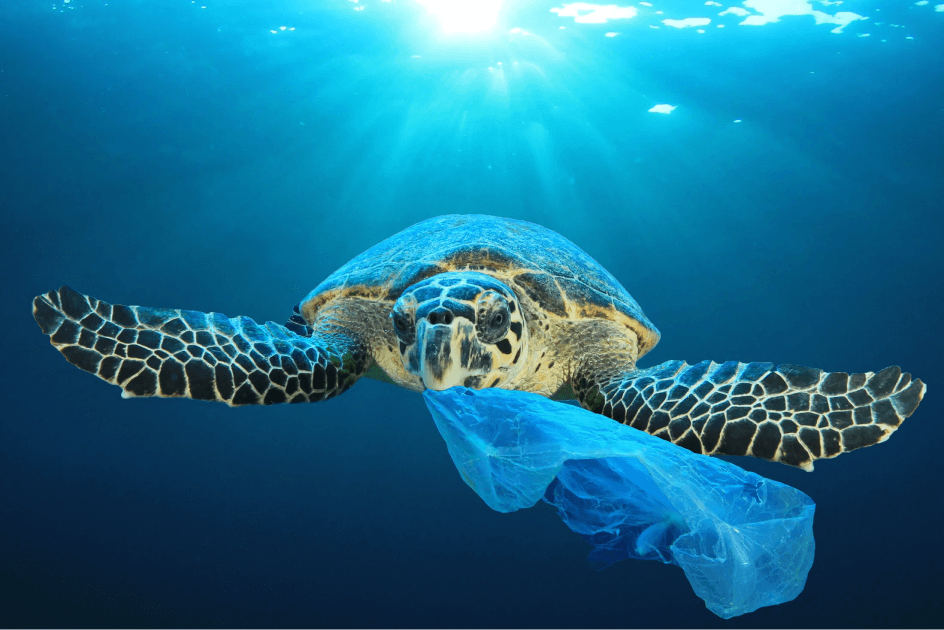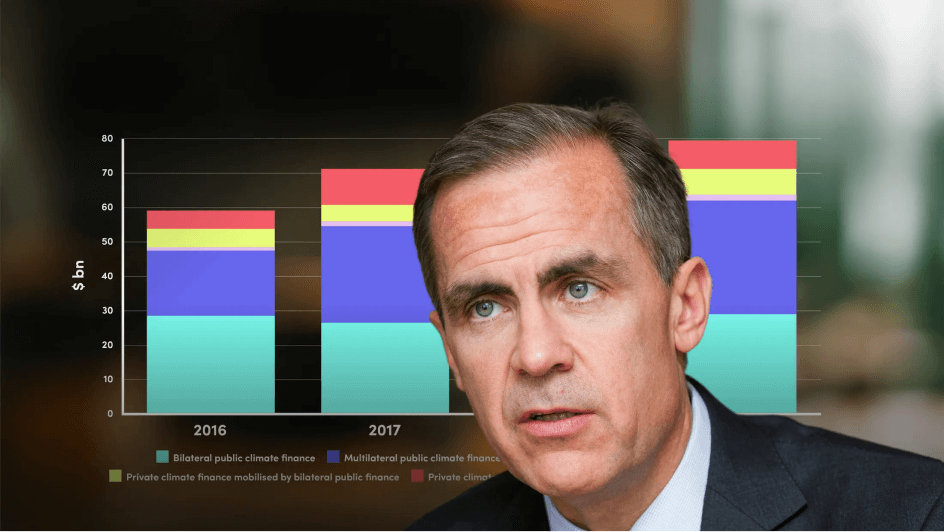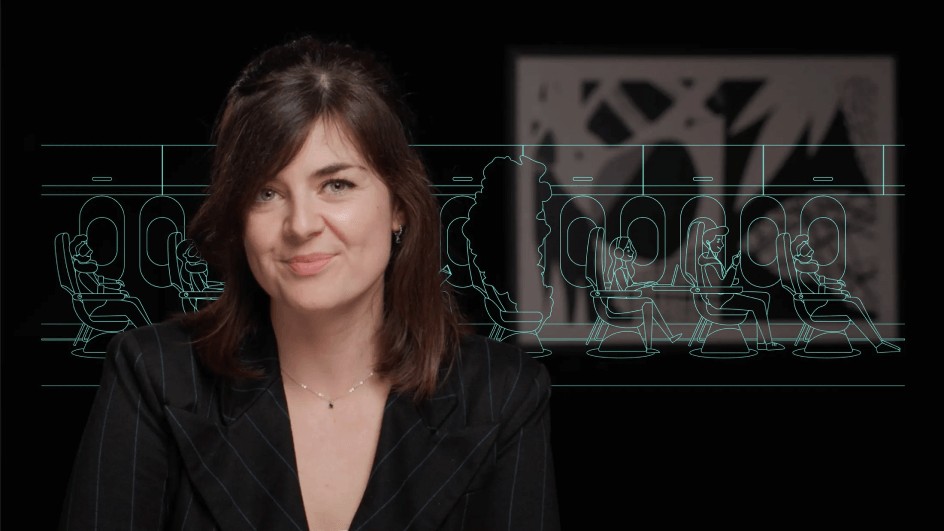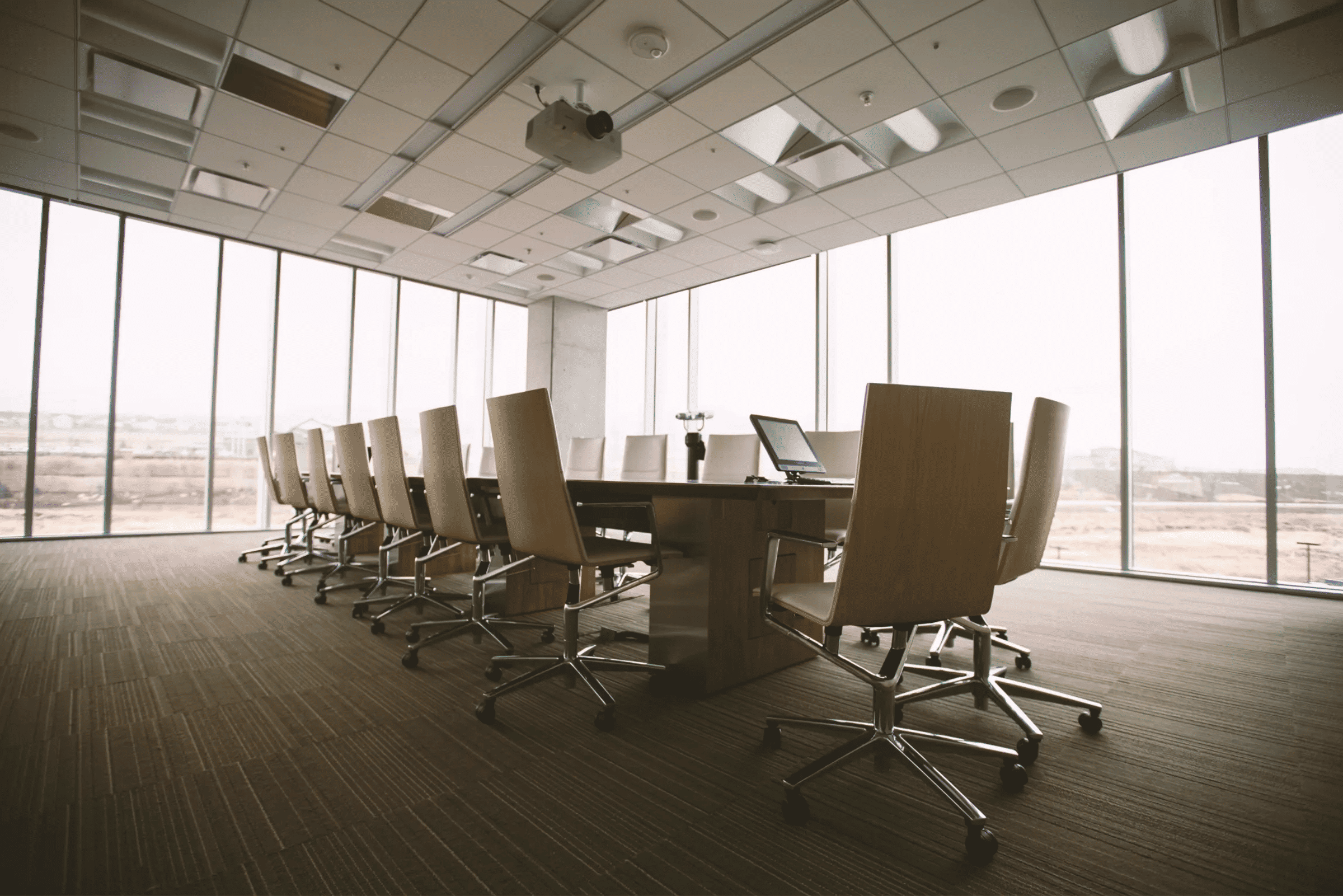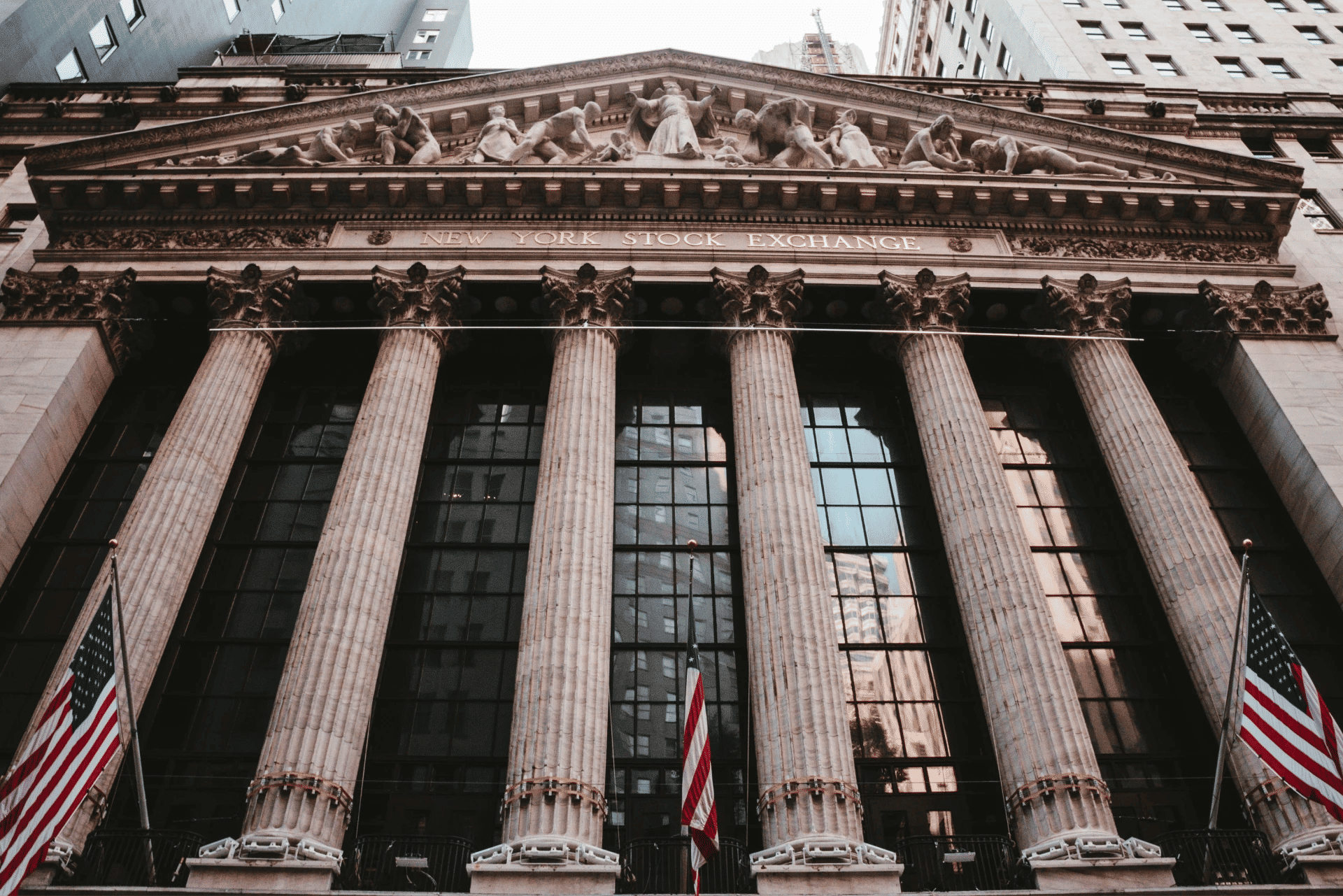
Using Carbon Footprinting to Inform Strategy

Sam Hope
5 years: Carbon Markets
There are different kinds of carbon footprints and these can inform a company’s decarbonisation strategy. Join Sam Hope as he explores each of these.
There are different kinds of carbon footprints and these can inform a company’s decarbonisation strategy. Join Sam Hope as he explores each of these.

Using Carbon Footprinting to Inform Strategy
12 mins 34 secs
Key learning objectives:
Understand the 3 types of carbon footprints
Outline short term decarbonisation targets
Identify benefits of decarbonisation
Overview:
Carbon accounting allows a company to quantify its climate impact and create measurable KPIs in order to track environmental progress. The greenhouse gas impact of business activities are quantified by two main drivers: The activity level and the greenhouse gas intensity of that activity. The three different types of carbon footprint for a company: operational footprint, supply chain footprint and product footprint. These carbon footprints are principally designed to highlight decarbonisation opportunities. These opportunities can be linked to short term targets such as energy carbon neutrality and operational carbon neutrality before full carbon neutral status. The benefits of this are numerous, including insetting, futureproofing, first mover advantage and revenue security.
What are the three types of carbon footprints for a business?
1. Operational footprint
The operational footprint is the primary footprint that any organisation should report on its net zero journey. Calculating an organisational footprint requires an understanding of scope 1, 2 and 3 emissions that take place within the operational boundaries of the business (e.g. direct burning of fuels such as diesel, heating oil or gas under scope 1, electricity or indirect fuel burning under scope 2, business travel figures, employee commuting, water usage and waste disposal under scope 3).
2. Supply chain footprint
A supply chain footprint includes the reporting of a company’s scope 3 emissions, through up and downstream activities, of which there are 15 categories. Supply chain carbon footprinting typically requires third-party expertise and establishing a verified footprint can incur significant costs and time.
3. Product footprint
Product footprinting demands the measurement of emissions across all three scopes and for the full lifecycle of a product or service. Product-level footprinting does not need to be reported annually but can be reported per unit of production.
Businesses typically demonstrate two methods of product-level footprints:
- Cradle to gate (measuring upstream and organisational emissions from raw material, through production, transportation, manufacture and sale of goods)
- Cradle to grave (measuring all of the cradle-to-gate emissions as well as downstream emissions related to the use and disposal of the product)
What are some short term decarbonisation targets a company can undertake?
The first target to set is energy carbon neutrality. This can be done by demonstrating that the fossil fuels and electricity consumed, scope 1 and 2 emissions, have been rebalanced through offsetting and renewable energy certification.
The next step is operational carbon neutrality, which can be achieved by compensating for emissions from fuel and energy-related activities but also includes company-level scope 3 emissions.
Finally, a corporate can look for full carbon-neutral status by offsetting all 3 scopes. This mirrors the actions required to reach net zero emissions, except the offsets used to reach net zero must only be carbon removal.
An additional ambition could be the status of climate positive. This term refers to activities that produce environmental benefits but are not eligible for carbon credits. One example would be a local afforestation project outside of a verified carbon registry.
What are the benefits of decarbonisation for a company?
1. Insetting
This involves developing carbon mitigation projects within a company’s supply chain to achieve emissions reductions or removals rather than purchasing them from an external project. Insetting nurtures closer relationships with suppliers and a direct net zero storyline, to demonstrate climate action.
2. Future-proofing
By encouraging more sustainable practices within your supply chain, it is possible to future-proof the long-term success of a business e.g. by switching to renewable energy, a company and its supply chain will be less exposed to fossil fuel-derived energy sources. This can avoid the knock-on effects of both the price and availability of that supplier’s goods if reliant on fossil fuels.
3. First mover advantage
Aspiring to be a first mover towards decarbonisation can enhance leadership and reputation within your supply chain but also within your sector. Companies that take early steps towards a sustainable business model often attract more talent and positive sentiment to enhance their reputation.
4. Revenue security
Lower-carbon products and services are becoming increasingly sought after by consumers and these businesses attract higher investor confidence. Additionally, if you are within a large net zero aligned company’s supply chain, the carbon emissions of a business are of increasing importance when it comes to retaining contracts.

Sam Hope
There are no available Videos from "Sam Hope"







